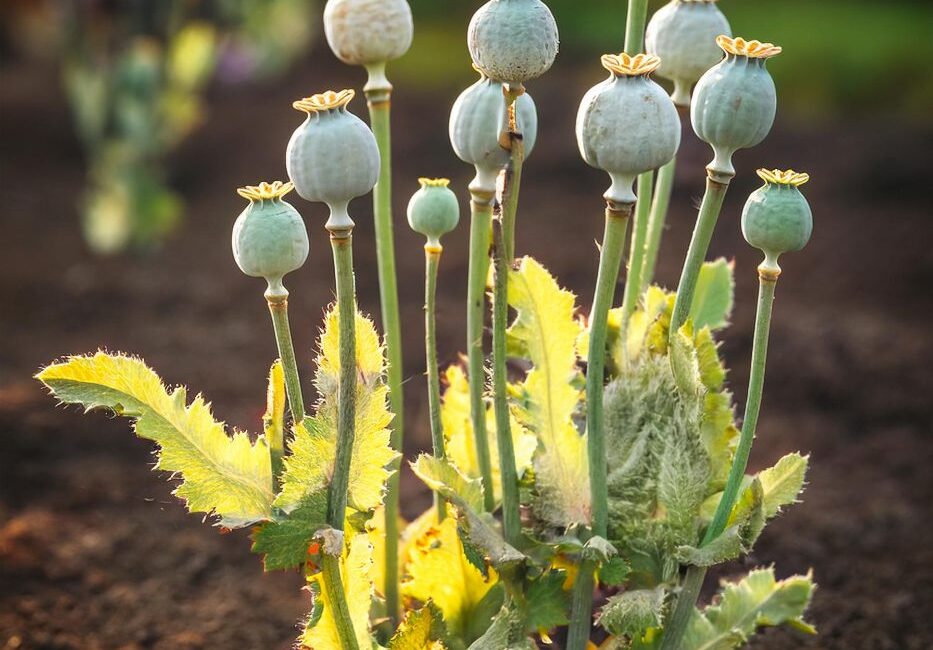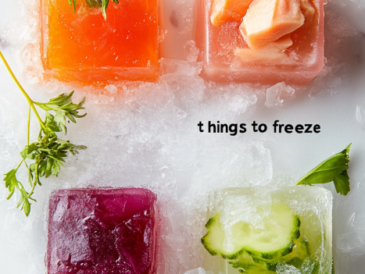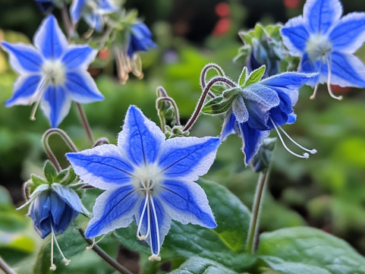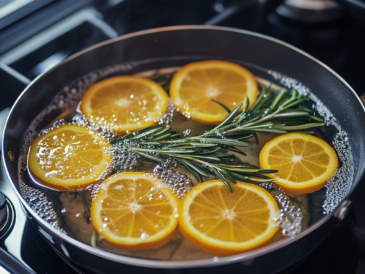Are you tired of replanting your garden year after year? Imagine a garden that renews itself without any extra effort. That’s the beauty of self-seeding plants! These amazing plants drop their seeds at the end of their growing season, ensuring that new plants will pop up again the following year. They’re a fantastic way to fill your garden with life, color, and variety without having to constantly replant. Here’s a list of 11 self-seeding plants that will keep your garden thriving and beautiful year after year, without the extra work.
1. Calendula (Calendula officinalis)
Calendula, also known as pot marigold, is a vibrant orange or yellow flower that’s easy to grow and even easier to maintain. Once the flowers bloom, they release seeds that naturally fall to the ground, ensuring new growth the following spring. Calendula is not only beautiful but also a great companion plant that helps deter pests. Plus, its petals are edible and often used in salads or as a natural dye!
How to Encourage Self-Seeding: Allow the flowers to fully mature and drop their seeds. You can collect some seeds for controlled planting elsewhere if desired.
2. Cosmos (Cosmos bipinnatus)
Cosmos are well-known for their daisy-like blooms that come in shades of pink, white, and purple. These tall, elegant flowers are perfect for the back of flower beds. Cosmos love to self-seed and will come back year after year, providing a beautiful display with minimal effort. They are also a favorite among pollinators, attracting bees and butterflies to your garden.
How to Encourage Self-Seeding: Leave the flowers to dry on the plant at the end of the growing season. The seeds will naturally scatter and take root.
3. Nasturtium (Tropaeolum majus)
Nasturtiums are a gardener’s favorite because of their bright, cheerful flowers and easy-growing nature. Not only are they great for ground cover, but they also produce seeds that are large and easy to spot. These seeds will naturally fall and take root, creating new nasturtium plants the following year. Additionally, both the flowers and leaves are edible, making them a great addition to salads!
How to Encourage Self-Seeding: Allow the flowers to go to seed, and let the seeds drop naturally to the ground. Nasturtiums prefer poorer soil, which makes them perfect for areas that need a pop of color.
4. Poppies (Papaver spp.)
Poppies are iconic for their delicate, paper-like petals that come in red, pink, white, and orange. These hardy flowers are famous for their self-seeding capabilities. Once poppies have finished blooming, they form seed pods that burst open, releasing tiny seeds that scatter throughout your garden. These seeds often germinate the following spring, creating a stunning display.
How to Encourage Self-Seeding: Let the seed pods mature and break open naturally. Poppies prefer well-drained soil and a sunny spot in the garden.
5. Sweet Alyssum (Lobularia maritima)
Sweet Alyssum is a low-growing plant that forms a beautiful mat of tiny white, pink, or purple flowers. Its sweet scent attracts pollinators, making it an excellent addition to any garden. This plant is a prolific self-seeder, spreading its seeds easily and coming back year after year.
How to Encourage Self-Seeding: Simply allow the flowers to go to seed and scatter naturally. Sweet Alyssum thrives in full sun to partial shade and prefers well-drained soil.
6. Forget-Me-Not (Myosotis sylvatica)
Forget-Me-Nots are charming, delicate blue flowers that are perfect for shady spots in the garden. They are quick to self-seed, spreading easily and forming a dense carpet of flowers. Forget-Me-Nots are particularly great for cottage gardens or as ground cover.
How to Encourage Self-Seeding: Allow the plants to complete their lifecycle and drop seeds. Forget-Me-Nots do well in partial shade and moist, well-drained soil.
7. Black-Eyed Susan (Rudbeckia hirta)
Black-Eyed Susans are a staple in many gardens due to their striking yellow petals and dark centers. These resilient plants self-seed readily, ensuring that your garden will have a burst of color each summer. They are also excellent for attracting butterflies and other pollinators.
How to Encourage Self-Seeding: Leave the flower heads on the plants until they dry out. The seeds will naturally fall to the ground. Black-Eyed Susans thrive in full sun and well-drained soil.
8. Dill (Anethum graveolens)
Dill is not just a great herb for your kitchen; it’s also a fantastic self-seeder. The feathery foliage and umbrella-like yellow flowers make it a lovely addition to herb gardens. Dill will self-seed easily, ensuring a fresh supply for pickling, seasoning, and culinary use year after year.
How to Encourage Self-Seeding: Allow the flower heads to go to seed, and let the seeds fall naturally. Dill prefers full sun and can be grown in pots or directly in the ground.
9. Foxglove (Digitalis purpurea)
Foxglove’s tall spikes of bell-shaped flowers are a showstopper in any garden. These biennials bloom in their second year and then scatter seeds to continue the cycle. Foxglove is particularly effective at self-seeding, ensuring that once you plant them, you’ll continue to see these beautiful flowers for years to come.
How to Encourage Self-Seeding: Leave the flower stalks to dry out and drop their seeds. Foxglove prefers partial shade and moist, well-drained soil.
10. Borage (Borago officinalis)
Borage is a wonderful herb that features star-shaped blue flowers, often attracting bees and other pollinators. This hardy annual is a prolific self-seeder, making it a popular choice for herb gardens and borders. Its leaves and flowers are edible and have a light cucumber flavor, perfect for salads and drinks.
How to Encourage Self-Seeding: Let the flowers go to seed and fall naturally to the soil. Borage thrives in full sun and well-drained soil.
11. Love-in-a-Mist (Nigella damascena)
Love-in-a-Mist is known for its wispy foliage and unique seed pods. This annual flower self-seeds effortlessly, creating a delicate display of blue, white, or pink blooms each spring. It’s an excellent choice for adding a touch of romance to any garden bed.
How to Encourage Self-Seeding: Allow the seed pods to dry on the plant and release their seeds naturally. Love-in-a-Mist prefers full sun and can tolerate various soil types.
Tips for Managing Self-Seeding Plants
- Deadhead When Necessary: If you want to control the spread of self-seeding plants, deadhead (remove) spent flowers before they go to seed.
- Collect Seeds: You can collect seeds from self-seeding plants to replant them in other areas of your garden.
- Thin Seedlings: If too many seedlings appear, thin them out to prevent overcrowding and to ensure healthier growth.
Conclusion
Self-seeding plants are a fantastic way to keep your garden blooming year after year with minimal effort. They save time, reduce costs, and add a natural, effortless beauty to any garden space. By choosing the right self-seeding plants, you can create a sustainable and thriving garden that practically takes care of itself. So, why not give these plants a try and let nature do the work for you?
Happy gardening!




